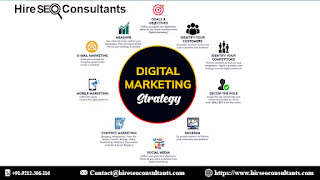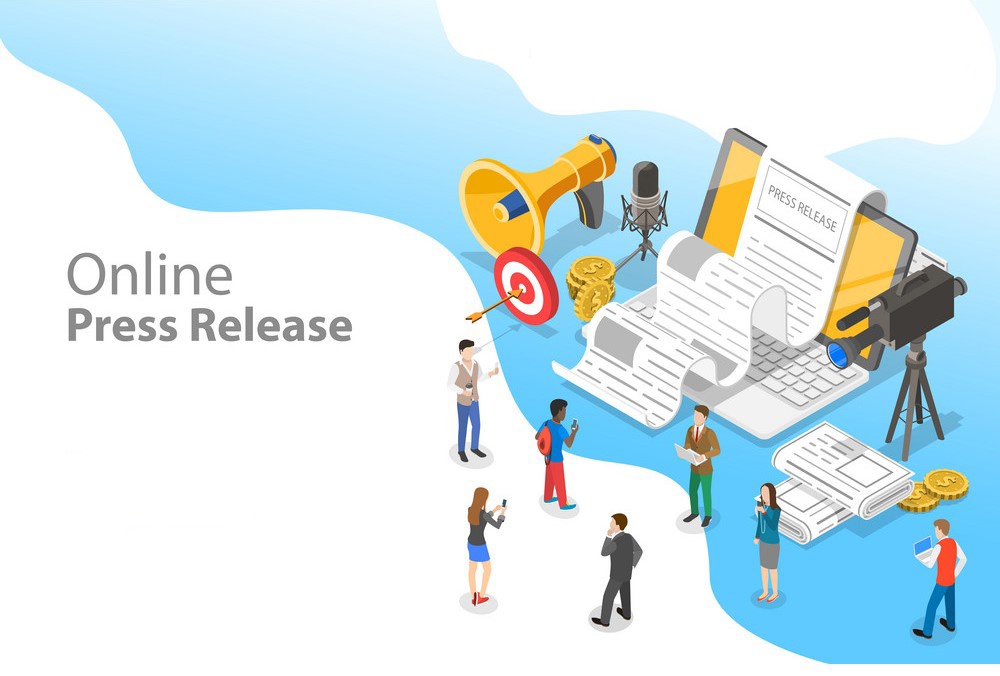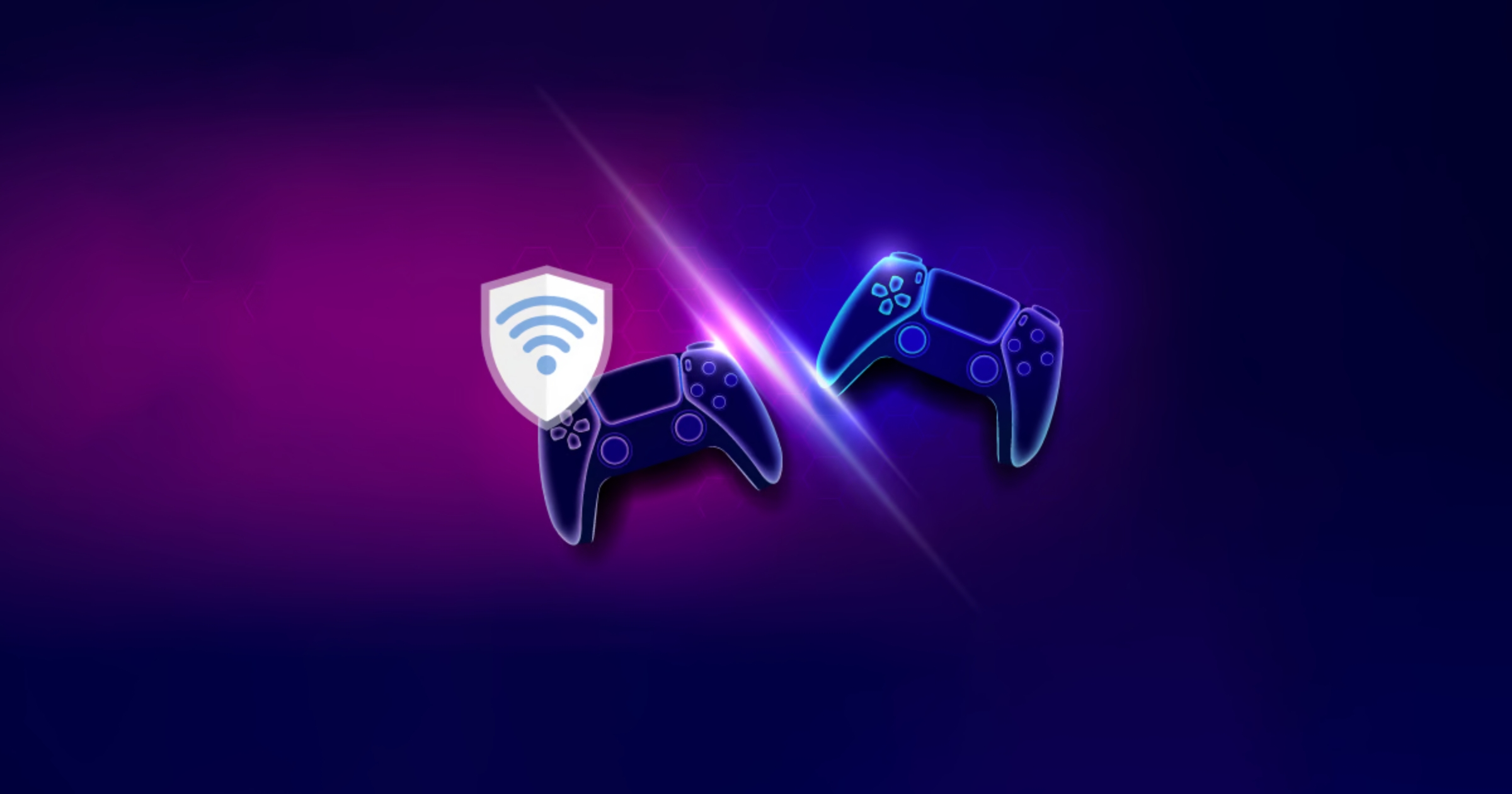8 Modern Brand Logo Redesigns & What You Can Learn From Them
Discover the latest trends in brand identity with our review of 8 modern logo redesigns. Explore how these refreshed logos reflect evolving brand strategies, aesthetics, and market positioning. Learn valuable insights from each redesign to enhance your own brand's visual appeal and relevance in today's competitive landscape.

In the world of branding, a logo is more than just a visual symbol—it's the face of a company's identity. Over time, as businesses evolve and market trends shift, logo redesigns become essential to stay relevant and maintain a strong market presence. Modern brand logo redesigns offer valuable insights into effective branding strategies and how to communicate your company's core values and mission. Here’s a look at eight modern logo redesigns and the lessons you can glean from them to enhance your own brand’s image and effectiveness.
1. Airbnb: Embracing Inclusivity with the Bélo
Airbnb's logo redesign in 2014 introduced the Bélo, a symbol meant to represent belonging. The rebrand focused on creating a sense of inclusivity and community, which aligns perfectly with Airbnb's mission of connecting people from around the world. The new logo uses a simple, yet versatile design that is adaptable to various media and sizes, ensuring consistency and recognizability.
Lesson: The Airbnb redesign highlights the importance of a logo that reflects your brand's core values and mission. Ensure your logo is not only visually appealing but also resonates with the essence of your brand, fostering a deeper connection with your audience.
2. Mastercard: Simplification for Global Recognition
Mastercard's 2016 logo redesign simplified its previous design by removing the name from the logo and focusing solely on the iconic overlapping circles. This move aimed to create a more recognizable and versatile symbol that could be easily used across different platforms and devices.
Lesson: Simplification can enhance brand recognition and flexibility. A clean, minimalist design often stands out more effectively and can be more easily adapted to various digital and print formats, making your logo more versatile and memorable.
3. Starbucks: Modernizing Tradition
Starbucks' 2011 logo redesign removed the text from the emblem, focusing entirely on the iconic siren. This change aimed to emphasize the brand's heritage and the global recognition of its symbol. The siren remained true to its roots while adopting a more modern and streamlined look.
Lesson: Staying true to your brand's heritage while modernizing the design can create a balance between tradition and innovation. It's crucial to retain elements that your audience recognizes and values, while refreshing the design to keep it relevant in today’s market.
4. Google: Dynamic Doodle Integration
Google's logo redesign in 2015 brought a more contemporary look with a focus on simplicity and readability. The redesign also introduced the ability to integrate Google Doodles, allowing the logo to be dynamic and engaging by celebrating events, holidays, and important milestones.
Lesson: A dynamic logo that can adapt to different contexts can enhance engagement and keep your brand relevant. Incorporating elements that allow for occasional updates or variations can keep your audience interested and create a more interactive brand experience.
5. Pepsi: Revitalizing a Classic
Pepsi's 2008 logo redesign focused on revitalizing its classic emblem with a more modern twist. The redesign included a new, streamlined look with a refreshed color scheme and updated typography, aiming to appeal to a younger audience while maintaining brand recognition.
Lesson: When updating a classic logo, it's essential to strike a balance between modernizing the design and retaining elements that have historically represented your brand. This approach ensures that you appeal to new audiences while preserving brand equity.
6. Uber: Emphasizing Simplicity and Functionality
Uber's 2018 logo redesign introduced a more minimalist design, focusing on simplicity and functionality. The new logo used a clean, modern font and geometric shapes to convey efficiency and clarity, aligning with Uber's commitment to providing a seamless user experience.
Lesson: A focus on simplicity can enhance the functionality of your logo, making it more adaptable and easier to integrate into various platforms. A minimalist approach often leads to a more polished and professional appearance, aligning with modern design trends.
7. Spotify: Bold Typography and Versatility
Spotify’s 2015 logo redesign emphasized bold typography and a distinctive green color, enhancing brand recognition and versatility. The updated design aimed to reflect Spotify's energetic and youthful brand personality while ensuring that the logo stands out across different media.
Lesson: Bold typography and distinctive color choices can significantly enhance brand recognition and impact. Ensure that your logo is easily distinguishable and versatile enough to maintain its effectiveness across various platforms and sizes.
8. Instagram: Embracing Flat Design
Instagram’s 2016 logo redesign embraced a flat design approach, shifting from a detailed camera icon to a more simplified and colorful version. This redesign aimed to modernize the brand’s image and align it with contemporary design trends, making it more suitable for digital use.
Lesson: Adopting a flat design approach can modernize your brand's image and enhance its compatibility with digital platforms. Emphasizing simplicity and bold colors can make your logo more adaptable and visually appealing in various contexts.
FAQ
What are the key elements to consider when redesigning a logo?
When redesigning a logo, consider elements such as simplicity, versatility, relevance, and brand identity. Ensure that the new design aligns with your brand’s core values and can be effectively used across various media and platforms.
How can a logo redesign impact my brand’s recognition and perception?
A well-executed logo redesign can enhance brand recognition by making your logo more memorable and adaptable. It can also positively impact brand perception by modernizing your image and aligning it with current design trends and audience expectations.
What are some common mistakes to avoid in a logo redesign?
Common mistakes include overcomplicating the design, deviating too far from established brand elements, and failing to consider how the logo will perform across different media. It’s essential to maintain a balance between innovation and brand continuity.
How can I ensure that my redesigned logo resonates with my target audience?
To ensure your redesigned logo resonates with your target audience, involve them in the design process through surveys or focus groups, and consider their feedback. The logo should reflect the values and preferences of your audience while aligning with your brand’s identity.
What role does a logo play in overall brand strategy?
A logo is a crucial component of overall brand strategy as it serves as the visual representation of your brand. It plays a significant role in creating first impressions, establishing brand identity, and fostering brand recognition and loyalty.
Get in Touch
Website – https://www.webinfomatrix.com
Mobile - +91 9212306116
Whatsapp – https://call.whatsapp.com/voice/9rqVJyqSNMhpdFkKPZGYKj
Skype – shalabh.mishra
Telegram – shalabhmishra
Email - info@webinfomatrix.com
What's Your Reaction?
















